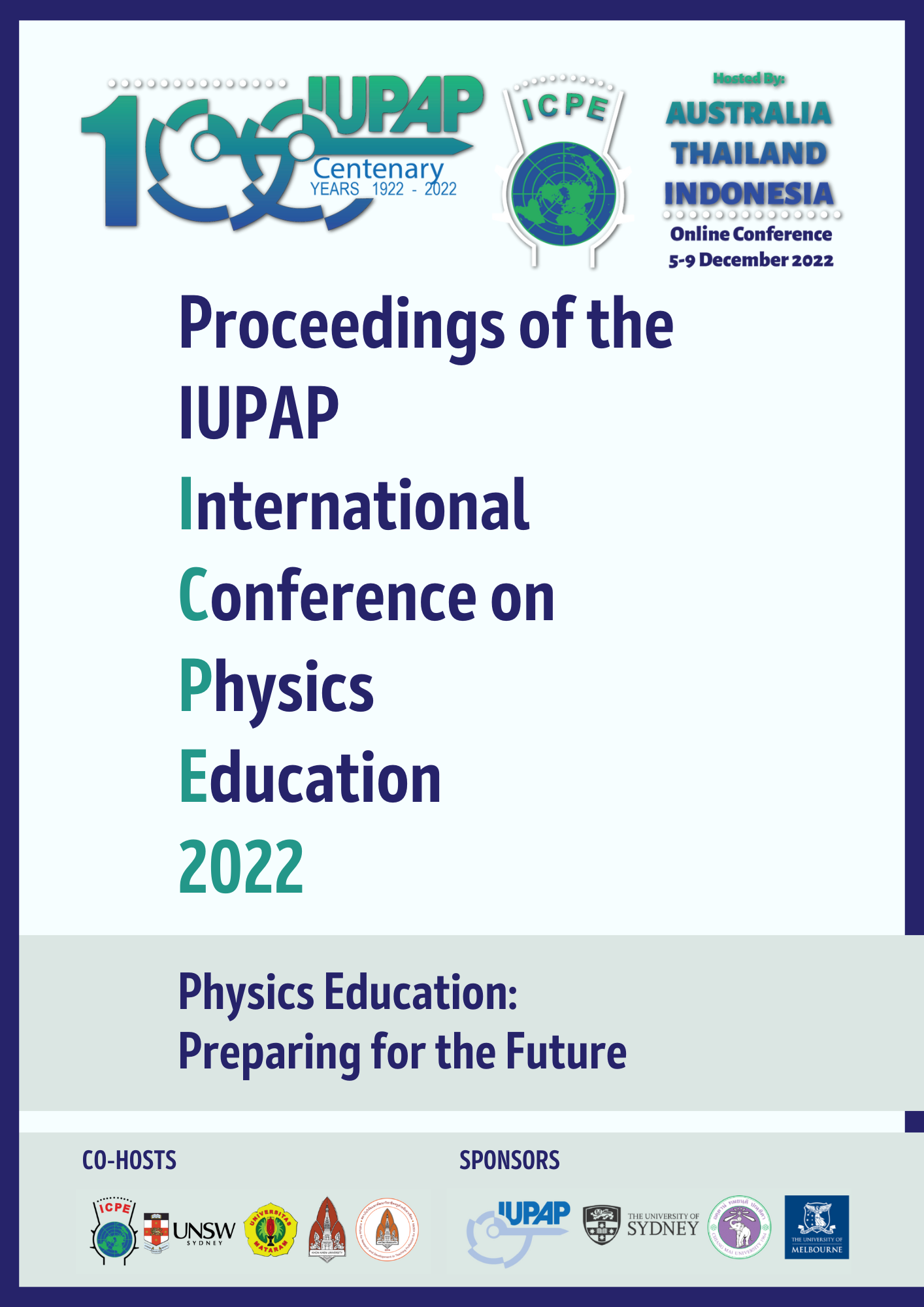Social Learning and Project-Based Learning at University
Complexity and non-linear approaches to cognitive diversity and diverse levels of physics learners
Keywords:
Physics Curricula, PBL, Cellular Automata Learning, Non-linear and Complexity Approaches, Systems Theory, PALS, Inclusive Pedagogy, Diversity in Higher EducationAbstract
Since Piaget’s proposals about cognitive learning and constructivism (Piaget, 1976), active methodologies were proposed (Johnson et al., 1984) with two main trends appearing: participative systems in learning and education (Moench, 1986), and cooperative structures (Johnson et al., 1984; Kagan, 1989). At the time, a counteractive theory of motivation appeared, emerging an organismic theory called Theory of Autodetermination (TAD), which proposed that students and learners strive for self-regulated learning and self-determination in their goals and learning-process (Deci & Ryan, 1985).
Currently, active methodologies and teamwork are frequently used in science education (de Los Rios et al., 2010; Jo, 2011; Lipson et al., 2007; Torio, 2019), as well as cooperative learning (Lipson et al., 2007; Torio, 2019). However, in this case, our context was a highly diverse classroom, in cognitive styles, and also in levels of prior knowledge in the subject-matter, with some students on the spectrum of high functioning neurodiversity (Grandin, & Duffy, 2008). 67 students participated in a participatory-action-research (PAR), where the teacher was a conductor towards task-oriented, self-regulated and cooperative-collaborative PALS (peer-assisted) learning.
Social learning and cooperative learning was mainly implemented for practical-technical classes, and for the completion of a project-based learning (PBL) long term project (full-term), but it was also subsequently implemented into theory classes, forming a complex system consisting of two systems, one multi-nodal of small groups PBL and Kagan's structures, and one one-node complex system. Being a mixed system, the outcomes were expected to be nonlinear enriched learning, and a wider scope of application of the information, which was mainly generated by the students, with the teacher as a lecturer (at first), becoming a leader for a while; and a challenger and a promoter finally (and all the time for some students). The behavior of the system(s) was interesting from a qualitative point of view. But the outcomes exceeded the expectations.
REFERENCES
de Los Rios, I., Cazorla, A., Díaz-Puente, J. M., & Yagüe, J. L. (2010). Project–based learning in engineering higher education: two decades of teaching competences in real environments. Procedia-Social and Behavioral Sciences, 2(2), 1368-1378.
Deci, E. L., & Ryan, R. M. (1985). Intrinsic Motivation and Self-Determination in Human Behavior. New York: Plenum Press.
Grandin, T., & Duffy, K. (2008). Developing talents: Careers for individuals with Asperger syndrome and high-functioning autism, AAPC Publishing, Shawnee Mission, Kansas.
Jo, I. H. (2011). Effects of role division, interaction, and shared mental model on team performance in project-based learning environment. Asia Pacific Education Review, 12(2), 301-310.
Johnson, D., Johnson, R., Holubec, E., & Roy, P. (1984). Circles of Learning, ASCD, Washington, DC.
Kagan, S. (1989). The structural approach to cooperative learning. Educational Leadership, 47(4), 12-15.
Lipson, A., Epstein, A. W., Bras, R., & Hodges, K. (2007). Students’ perceptions of Terrascope, a project-based freshman learning community. Journal of Science Education and Technology, 16(4), 349-364.
Moench, T. T. (1986). The Participative Learning System. Journal of College Science Teaching, 15(5), 437-439.
Piaget, J. (1976). Piaget’s Theory. In: Inhelder, B., Chipman, H.H. and Zwingmann, C., Eds., Piaget and His School, Springer Study Edition, Springer, Berlin, Heidelberg.
Torío, H. (2019). Teaching as coaching: Experiences with a video-based flipped classroom combined with project-based approach in technology and physics higher education. Journal of Technology and Science Education, 9(3), 404-419.
Downloads
Published
Issue
Section
License
Authors who publish with the Proceedings of the International Conference on Physics Education 2022 agree to the following terms:
a) Authors retain copyright and grant the journal right of first publication with the work simultaneously licensed under a Creative Commons Attribution License (https://creativecommons.org/licenses/by/4.0/) that allows others to share the work with an acknowledgement of the work's authorship and initial publication in this journal.
b) Authors are able to enter into separate, additional contractual arrangements for the non-exclusive distribution of the journal's published version of the work (e.g., post it to an institutional repository or publish it in a book), with an acknowledgement of its initial publication in this journal.
c) Authors are permitted and encouraged to post their work online (e.g., in institutional repositories or on their website) prior to and during the submission process, as it can lead to productive exchanges, as well as earlier and greater citation of published work (See The Effect of Open Access - http://opcit.eprints.org/oacitation-biblio.html).
Privacy Statement The names and email addresses entered in the Proceedings of the International Conference on Physics Education 2022 site will be used exclusively for the stated purposes of this journal and will not be made available for any other purpose or to any other party.
